Lupita and I were sad to leave the magical mountain town of Terlingua but our journey across the border had to continue.
We set course on FM 170, which is known as the “River Road” because it runs parallel to the winding Rio Grande River for 120 miles.
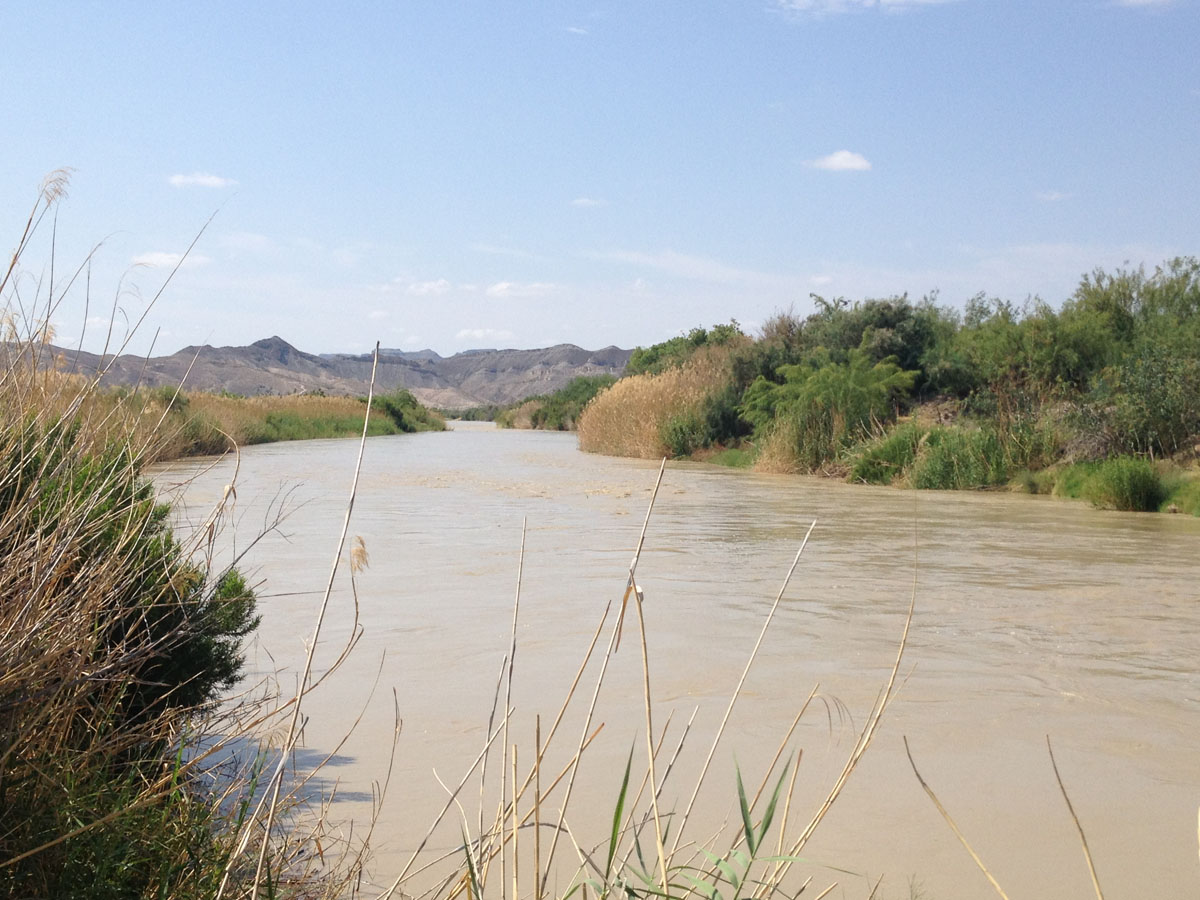
The Rio Grande River near Lajitas, Texas. (Sergio Chapa/Borderzine.com)
The folks at the cafe in Terlingua told us that the road was one of the most beautiful in Texas, so we were eager to see it for ourselves.
It didn’t take us long to reach the town of Lajitas, a resort town with an official population of 50 people.
Just the day before, we had seen the majestic natural beauty of Big Bend National Park and the ghost town of Terlingua.
But the border is a land of contrasts and Lajitas offered yet another surprise.
Irrigation from the Rio Grande River allowed for the creation of a golf course, a resort, hotel, a spa, high-end shops and restaurants.
Lupita and I snapped photos of the green and manicured lawns and walked around the grounds.
It was one of the most luxurious places we had seen on our trip, literally an oasis in the desert.
But Lajitas is more than just a spa and resort, it’s a part of what makes the Big Bend a magical place.
A beer-drinking goat named “Clay Henry” was once named the mayor of the unincorporated border community.
The resort town and its golf course along the Rio Grande River draws high-rollers from across Texas and the rest of the United States.
Many of them prefer to land at a private airport instead of driving in like Lupita and I did.
Big Bend Ranch State Park
But Lajitas is also a gateway to the Big Bend Ranch State Park.
With more than 311,000 acres, Big Bend Ranch State Park is the largest in Texas.
FM 170 cuts through the massive state park, which has no fences and no cell phone signal.
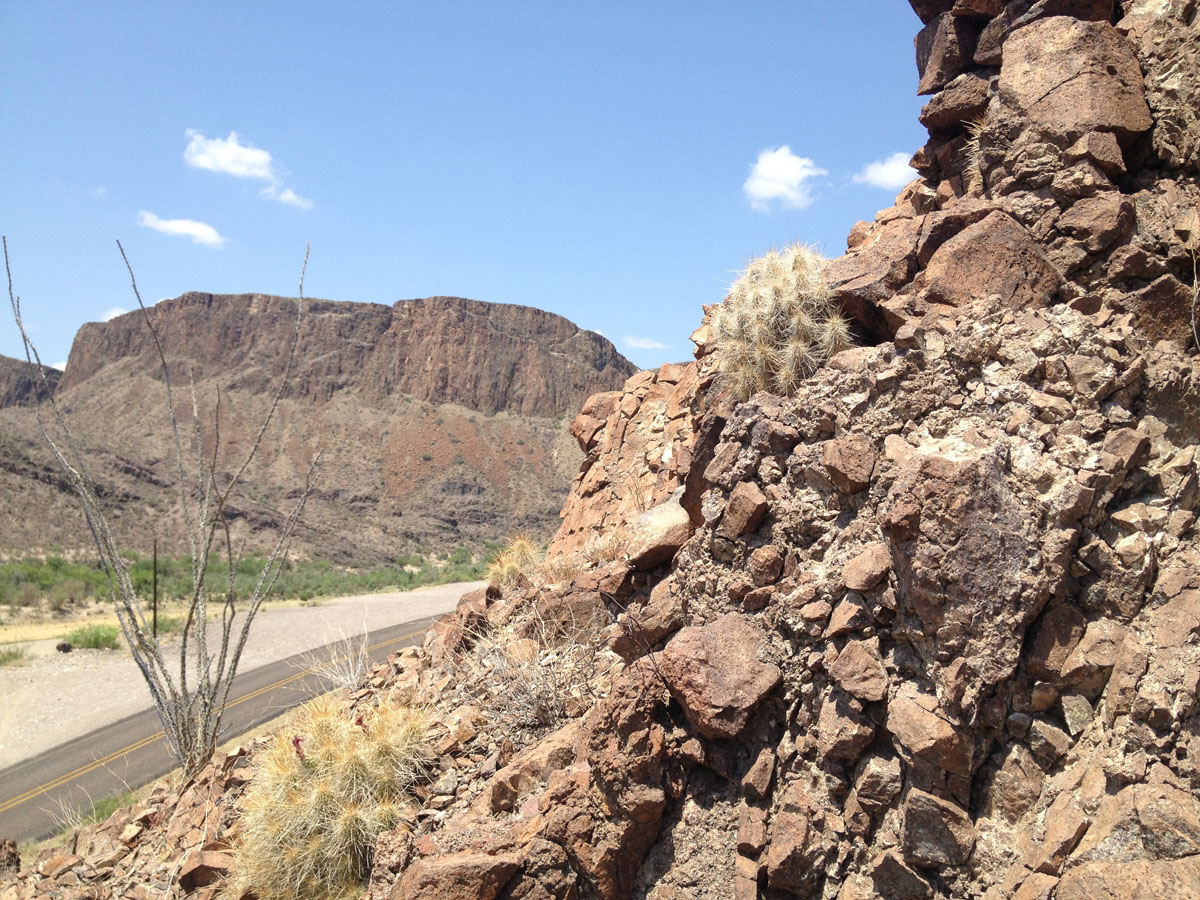
FM 170 is known as the "The River Road," a 120-mile highway that links Lajitas to Presidio. (Sergio Chapa/Borderzine.com)
One feels truly free as if there is no border, that it’s just an imaginary line.
The Rio Grande River was there to the side of the highway with no buildings or power lines on either side.
We didn’t see any Border Patrol agents or military patrols, only mountains, rocks and beautiful cactuses.
The winding road leads up and down over the mountains.
We had drive the rental car in second gear for many parts of the drive to prevent the brake pads from heating up.
That made the trip slower but it also allowed us to enjoy the scenery.
Presidio
It only took a couple of hours to get to the border town of Presidio, Texas.
The town of 4,300 people has only international border crossing in either direction.
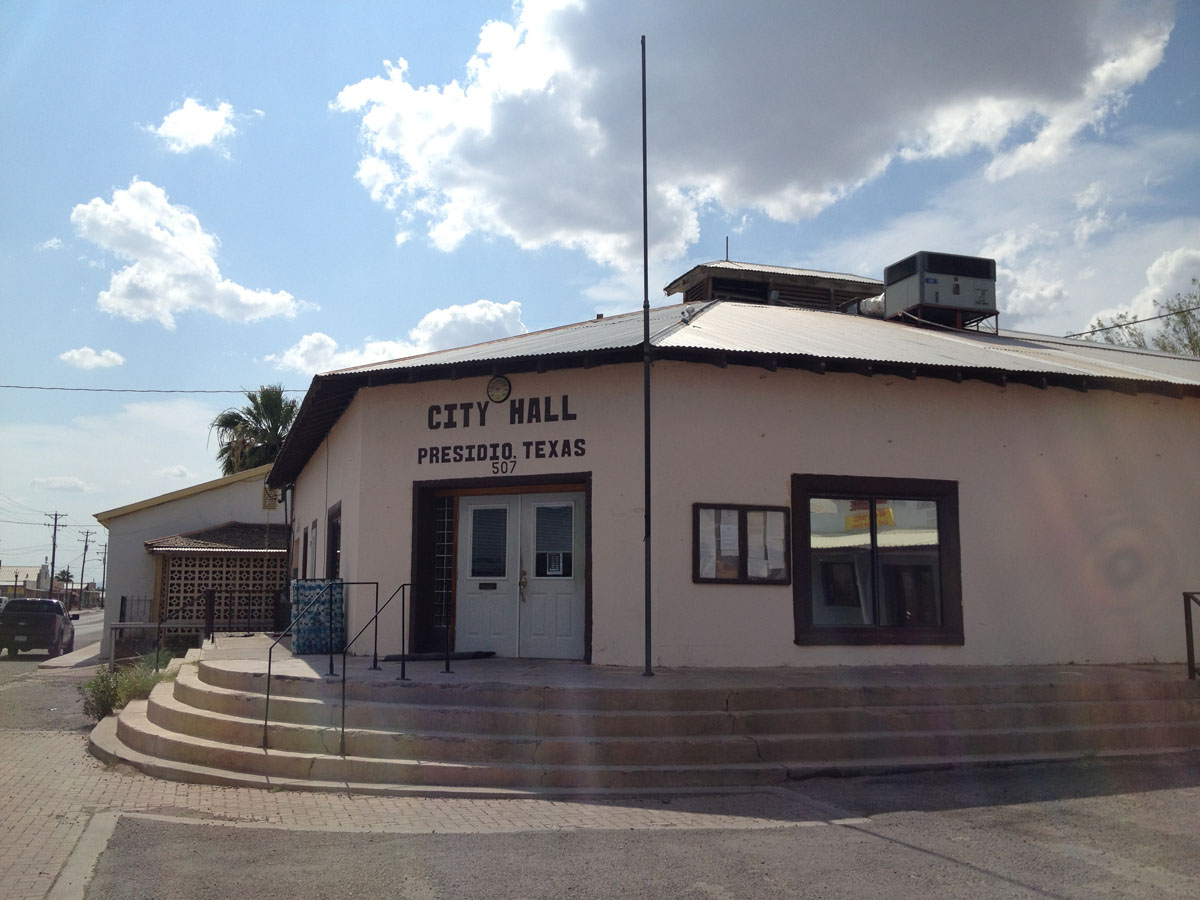
Presidio City Hall. (Sergio Chapa/Borderzine.com)
We rolled past the historic Fort Leaton to get to town and the international bridge.
The desert town of Presidio had much less “character” than other cities we had seen.
Marathon had the Gage Hotel and charming high-end shops.
Alpine had the beautiful Sul Ross State University campus and immaculate surroundings.
Marfa had its pink courthouse, funky artist colonies and bohemian lifestyle.
Terlingua had the ghost town and Lajitas was an oasis in the desert.
But Presidio seemed more like a blue-collar ranching and farming town.
Lupita and I looked for historic buildings and churches but just saw simple one-story buildings.
There was only one Mexican restaurant open in town with a line of people waiting outside.
Eager to see the international crossing, we opted to eat at a Subway to save time.
We parked just a few blocks from the international bridge in front of a kiosk for “tourist information.”
With no flyers or information, Lupita and I headed to the bridge and into the unknown.
Ojinaga
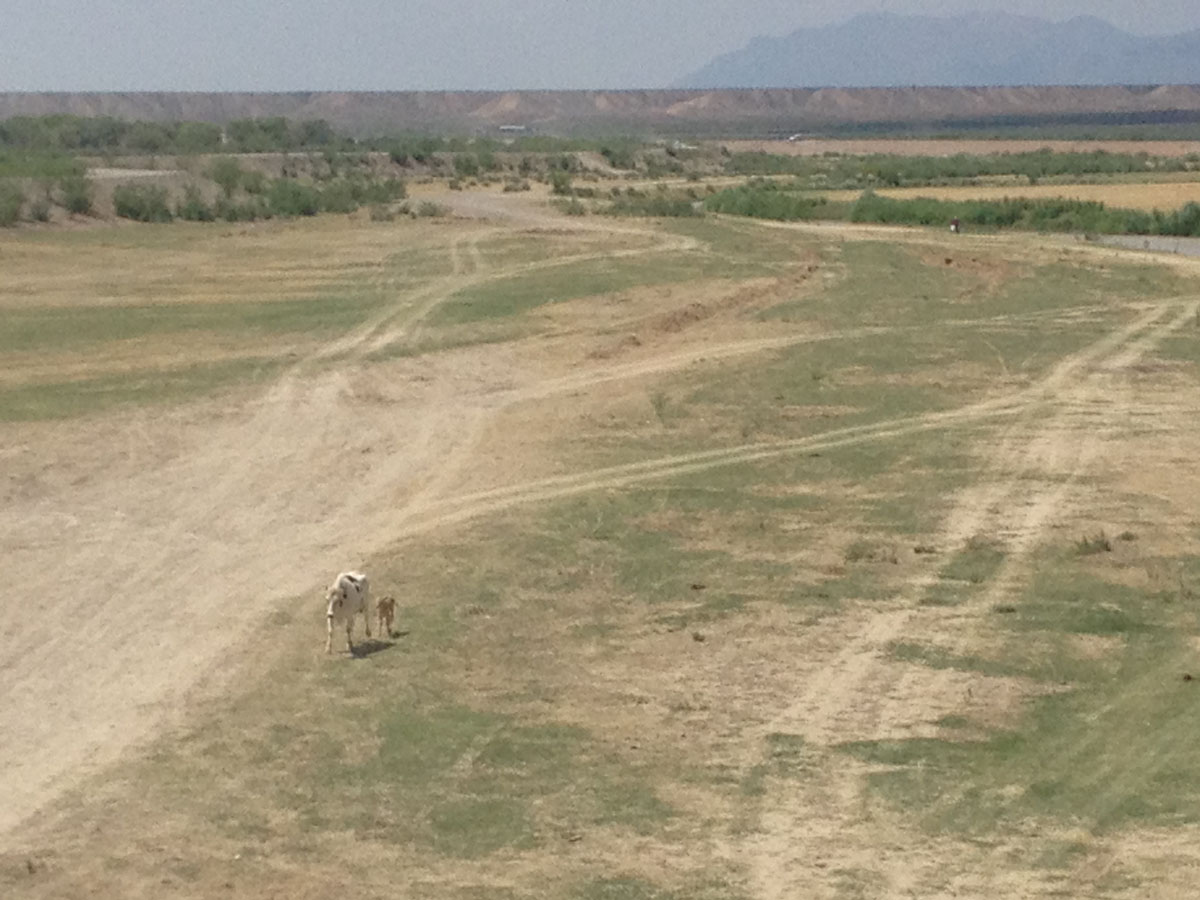
Chihuahua is a lead producer of beef in Mexico. (Sergio Chapa/Borderzine.com)
Curious customs officers inspected our bags and asked a lot of questions.
We must have seemed out of place to them or maybe they weren’t used to tourists walking across the bridge.
The sun beat down on the bridge in the 100-degree weather.
Cattle grazed along the river reminding us that State of Chihuahua is one of the lead beef-producing states in Mexico.
As we crossed into Mexican border town of Ojinaga, our constant companion was the sunshine, the dust and heat.
We walked into town and past souvenir vendors that didn’t have much business.
Ojinaga seemed like the reason people created the stereotype “dusty border town.”
The wind constantly blew dust across the sun-bleached boulevard.
But for many travelers Ojinaga is not destination but rather a pit stop along the way to the City of Camargo and then on to the capital city Chihuahua.
It didn’t take long before we had to stop for a big bottle of water and head back to the United States.
Crossroads
Back on the Texas side of the border, there was a decision to make.
Highway 67 would take us to Marfa and eventually to El Paso, which was some 254 mile away.
But FM 170 continues along the Rio Grande River another 50 miles past Presidio to the border towns of Ruidosa and Candelaria.
The two Texas towns both have less than 50 people each.
Ruidosa is known for its general store, adobe church and thermal hot springs.
Candelaria is known for being the end of the line for the “River Road.”
The border town also has a wooden bridge that leads to a town on the Mexican side of the river.
But that bridge is not an official border crossing manned by U.S. Customs and Border Protection.
Although one could use it to go into Mexico, one could technically be charged with illegal entry if they cross back into the United States.
The trick is to use it when no Border Patrol agent is around.
But we needed to reach El Paso by nightfall, so we decided to head north to Marfa.
Not seeing Ruidosa and Candelaria is the one corner we cut in our trip across the border.
At the time of the trip, we did not know about the wooden bridge across the Rio Grande in Candelaria.
If we had known, we would have made time.
It’s my only regret on the trip but we have made a solemn vow to return and see both Ruidosa and Candelaria.
- Presidio City Hall. (Sergio Chapa/Borderzine.com)
- Highway to Marfa. (Sergio Chapa/Borderzine.com)
- Welcome to Texas. (Sergio Chapa/Borderzine.com)
- A quick pickture on the Presidio-Ojinaga International Bridge. (Sergio Chapa/Borderzine.com)
- Heading back to Presidio, Texas. (Sergio Chapa/Borderzine.com)
- Statues of narcosaints San Judas Tadeo and and Malverde for sale. (Sergio Chapa/Borderzine.com)
- “The Lord Jesus Christ is bigger than your problem.” (Sergio Chapa/Borderzine.com)
- Cowboy hat souvenirs for sale in Ojinaga, Chihuahua. (Sergio Chapa/Borderzine.com)
- Welcome to Ojinaga, Chihuahua. (Sergio Chapa/Borderzine.com)
- Chihuahua is a lead producer of beef in Mexico. (Sergio Chapa/Borderzine.com)
- The Rio Grande River winds between Presidio, Texas and Ojinaga, Chihuahua. (Sergio Chapa/Borderzine.com)
- The Presidio-Ojinaga International Bridge. (Sergio Chapa/Borderzine.com)
- Walking along the border in Presidio, Texas. (Sergio Chapa/Borderzine.com)
- Not much tourist information at this kiosk in Presidio, Texas. (Sergio Chapa/Borderzine.com)
- The Rio Grande River is a narrow and muddy band along FM 170. (Sergio Chapa/Borderzine.com)
- Scenic rest stop on FM 170 just west of Lajitas. (Sergio Chapa/Borderzine.com)
- The rocks cry out. (Sergio Chapa/Borderzine.com)
- FM 170 is known as the “The River Road,” a 120-mile highway that links Lajitas to Presidio. (Sergio Chapa/Borderzine.com)
- Green and manicured lawns return to desert landscapes while leaving Lajitas. (Sergio Chapa/Borderzine.com)
- Lajitas is sometimes refered to as the “country club of Texas.” (Sergio Chapa/Borderzine.com)
- Lajitas is a luxurious corner of the Big Bend region. (Sergio Chapa/Borderzine.com)
- Lajitas is one of the most unique destinations in the Lone Star State. (Sergio Chapa/Borderzine.com)
- Lajitas is an oasis in high desert. (Sergio Chapa/Borderzine.com)
- The Rio Grande River near Lajitas, Texas. (Sergio Chapa/Borderzine.com)



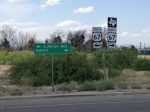






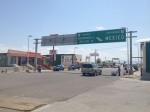
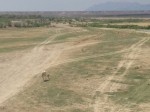
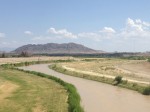

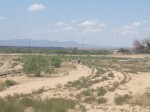
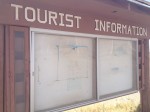
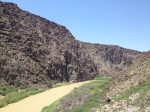
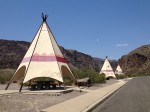
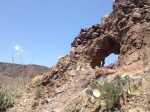
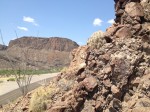
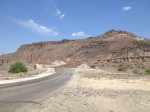


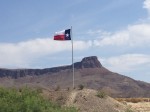
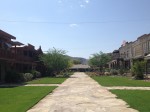


Friday, December 13, 2013
Dear Mr. Chapa,
The Sister Cities of Ojinaga and Presidio, both established in 1683 was one city until the establishment of the Port of Entry in 1917. We are not happy about your disparaging report about our two communities.
It is obvious you did not spend the time required to find the deep history here on both sides of the river. We are not a stereotypical tourist trap. You are right in the respect that we do work hard here but we welcome visitors to take the time to find the treasures that blend in to our everyday life on the border. Most of them are not road side attractions.
The Ojinaga Mayor was very agitated about your remarks. I do not think you did Presidio justice either. We have “a honorable and a historical” character. By your own admission, you drove past one of the most unique Complexes in the Big Bend, Presidio’s Fort Leaton, built in 1849 on top of the an old mission site built in 1683. It’s thick walls and maze of dozens of rooms is a must see, not a drive by.
Coming into town on FM 170, you drove by our modern self serve Kiosk building . You found a privately operated sign you called a kiosk we do not own or maintain.
The Presidio Visitor’s Kiosk on 80 FM170 next to the Presidio Aquatic Center and Base ball Complex has Free WI-FI is for folks be able to stop going in or coming out of the River Road, to get current info and connect with the outside world.
WE do have many more places to eat in Presidio and Ojinaga (some of the best Mexican Food you will find anywhere) other than just one restaurant or the Subways. The folks you saw standing outside El Patio Restaurant were waiting on for a bus. It’s the bus stop too. We do live in the desert so in the summer, like just about anywhere in Texas it’s hot, but a dry heat but the other 9 months out of the year its near perfect weather. While the rest of the state is freezing, we are just right. It’s 85 in December right now. Yes, the sun does shine here, so much so that solar power runs the entire City during daylight hours. So WE ARE Truly Green.
I would invite anyone to come to Presidio and Ojinaga, “It’s like No Other Place ON Earth.” Visit our City websites, http://www.Cityofpresidio.com and http://www.UFOBorderzone.com.
Brad Newton
Presidio Municipal Development District
Executive Director
(432) 229-3517
Mr. Brad Newton, I understand your comments , especially because of your position as Executive Director of Presidio’s Municipal Development District. If I were mayor of a city, I would be agitated as well (like Ojinaga’s mayor who seems to be your friend), since one of his main aims would be to attract tourists and foreign investments. But how to do this when the situation in this border town is not the most favorable one a present? In comparative terms, I would agree with Mr. Chapa’s comments. Presidio-Ojinaga’s border crossing has been my least favorite border crossing and border citites so far. You should respect people’s impression’s about places. I invite you to visit the rest of the border towns and border crossings along the U.S.-Mexico border in order to make a more accurate compartive assessment.